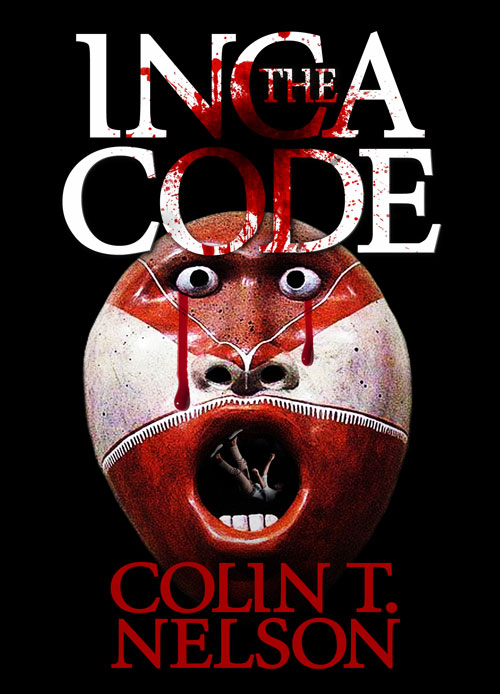Many people ask me if I make an outline before I write a book or not. Do I simply sit down and let the story unroll as I record it? How do most writers work?
Stephen King in his great book about writing, “On Writing,” explains that for him, he views writing like working on an archaeology dig. The story is already formed and his job, as a writer, is to dig away the sand that has buried the story to reveal it. Well—Stephen King may be able to do that, but most authors don’t have his skills.
Writers fall into two groups: those who outline and those who don’t. There are four factors that show how writers work:
1. It depends on the genre of the story. As a mystery writer, for instance, I have to know how the mystery will turn out—to some degree—before I began. It’s difficult to plant clues and create suspects if the writer doesn’t know who the villain is from the start. Most mystery writers actually write backwards. They figure out the ending and who dunnit, then work backward to the beginning.
2. Some books are less dependent on plotting than mysteries. If the book is a romance or focuses on character development, it still needs plot, of course. But the outcome may be less important than what happens to the characters. As my friend and great author, Jonathon Odell told me, “I have no idea where the plot is going because I’m just writing about people and how they change.”
3. Many writers work by not outlining the entire story because they want to discover it just like a reader. They have an idea where the plot is going and what may happen to the characters, but they simply sit down and start to write. They are confident that the characters will come alive and lead the story. I find this really hard to do. At least for me, it’s rare that the fictional characters will tell the story to me. For others, that’s how writers work.
4. Many authors outline the story and character development. As I’ve written more books, I’ve come around to this method. Now, I carefully think through the story. I use different colored Post-it notes with plot or character ideas on each one. I post them on the door in my office so I can see how the story develops. It also helps me to include the essential parts of a story, particularly mystery and suspense which is what I write. For instance, there should come a point in the story where the hero is threatened with something very serious. By outlining with Post-it notes, I can place that event in the story at the appropriate time.
Obviously, either method depends on the author and show you how writers work.






